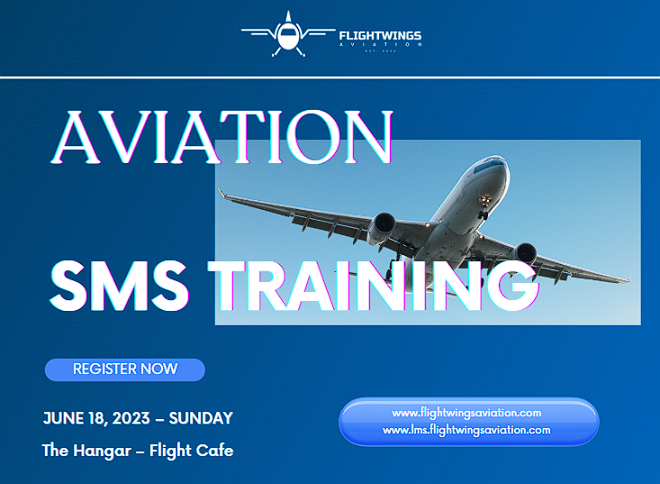
About Course

Rationale:
This seminar is designed for the awareness of both professionals and undergraduates on what is Safety in Aviation, its application, and its fundamentals. There will be activities that would equip and develop their Safety Culture as an aviation professional. This seminar introduces human factors and their importance to aviation. This will be a good venue for the attendees to be mindful of different hazards and risks in the aviation world and to raise any queries about Aviation Safety.
Key Topics
• Different regulations on Safety
• Understanding the Four Pillars of Safety Management System
• Combating the Dirty Dozen by application of different safety gates
• Understanding Human Factors and its challenges to you and the Company
By the end of this program, the participants will be able to:
• Understand the requirements to become a Safety Officer on any Company
• Assess hazards and what would be the appropriate actions to be done
• Learn the importance of Safety, not only in Aviation but also its application every day
• Recognize the Human Factors issues relevant to aviation and how these can impact safety
• Understand the sorts of approaches and solutions that are available to manage these safety issues
• Help strengthen Aviation Safety and have the confidence that it is there to protect every one of us
Topic Outline:
I. Introduction of Aviation Safety Management System (SMS)
A. Meaning of Safety
B. History of Safety
II. Regulation
A. PCAR Regulation
B. DOLE Regulation
III. Four Pillars of Safety Management System
A. Safety Policy and Objectives
a. Management commitment and responsibility
b. Safety Accountabilities
c. Appointment of key personnel
d. SMS Implementation plan
e. Coordination of emergency response plan
f. Documentation
B. Safety Risk Management
a. Hazard identification process
b. Risk Assessment and mitigation process
C. Safety Assurance
a. Safety performance monitoring and measurement
b. Management of change
c. Continuous improvement of the SMS
D. Safety Promotion
a. Training and Education
b. Safety Communication
IV. Human Factors
A. Introduction to Human Factors
B. Training and Competence
C. Managing Human Failure
D. Procedures
E. Staffing Arrangements and Workload
F. Organizational Change
G. Fatigue
H. Maintenance
I. Design
J. Communication
K. Safety Culture
V. ASSESSMENT EVALUATION
- The examination will be provided.
Course Content
AVIATION SAFETY MANAGEMENT SYSTEM (SMS) & HUMAN FACTORS
-
AVIATION SAFETY MANAGEMENT SYSTEM (SMS) & HUMAN FACTORS
07:00:00
Student Ratings & Reviews

